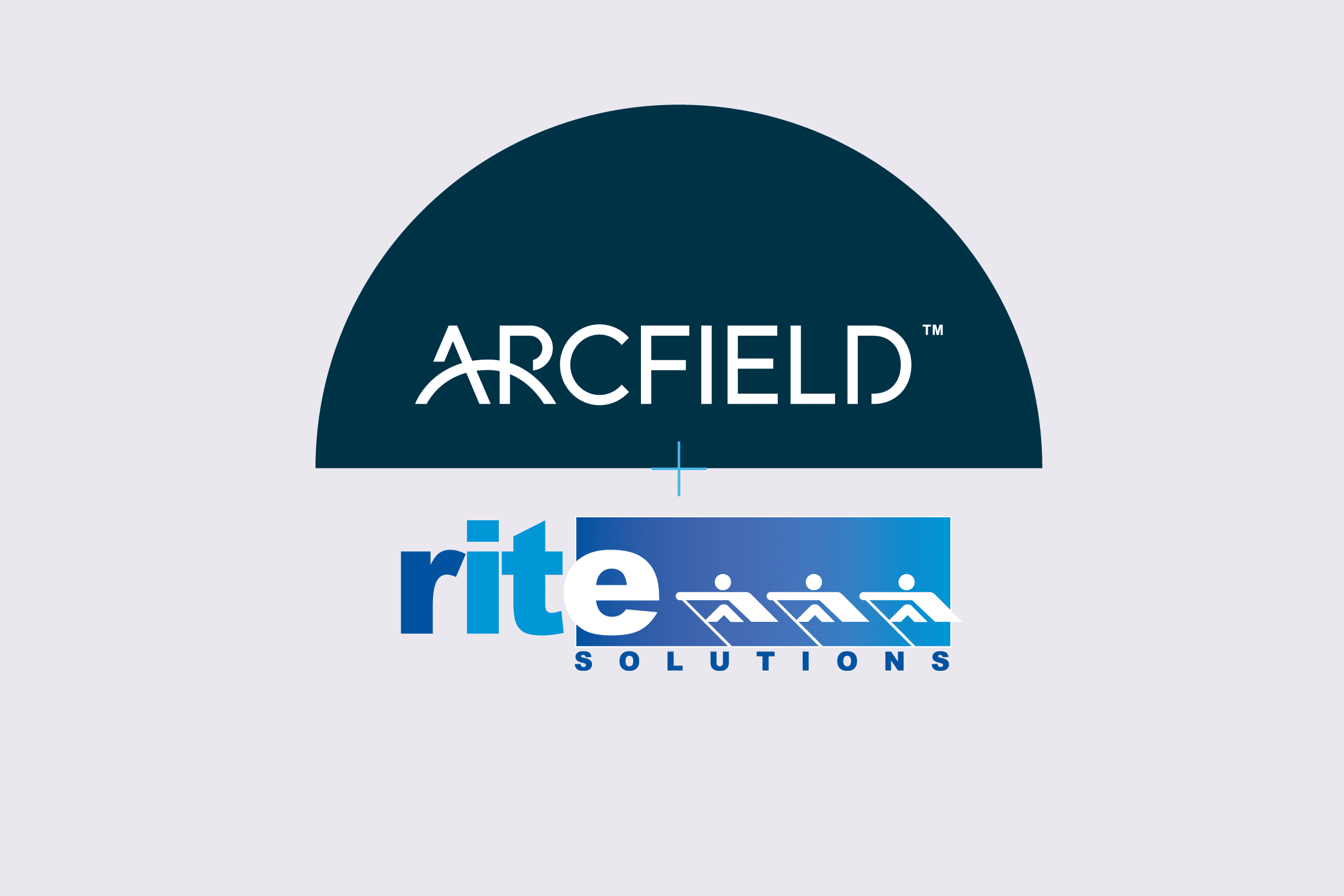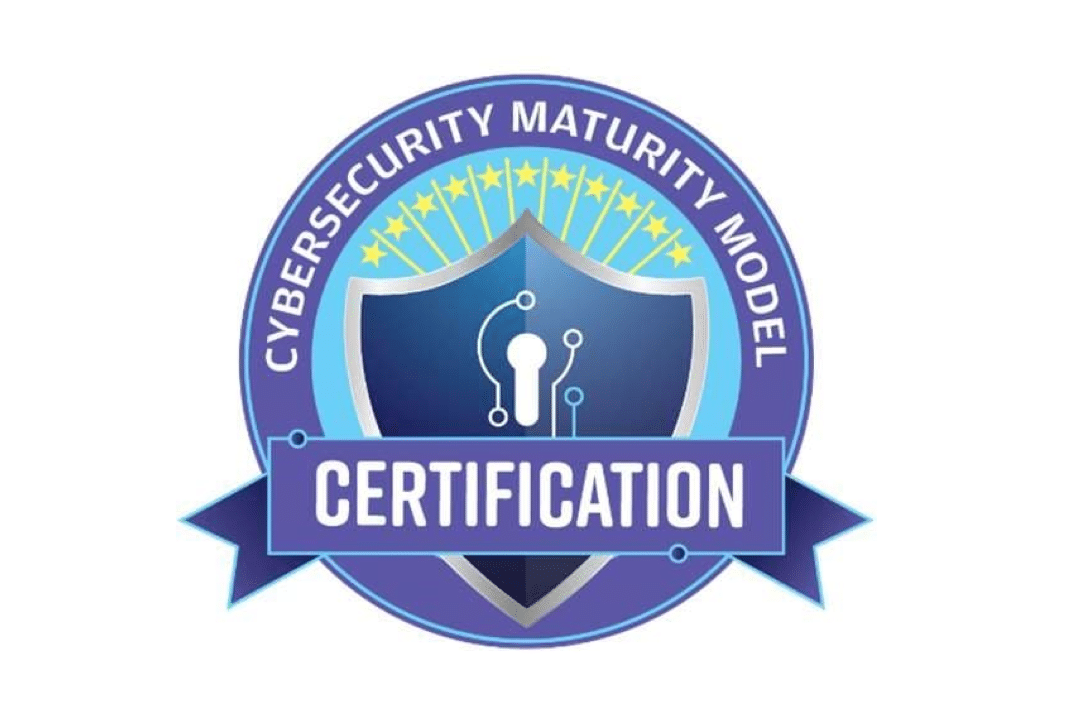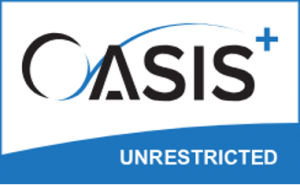News & Media
They’re Ready, Are You?

“Ready” is the correct word for them. But, it’s not the correct word for you. As a leader in your organization, you must be more than ready. Maybe your word should be “committed.” You are committed to genuinely believing in the collective genius and the power of a full-thinking organization.
There is a big distinction between a management process and a strongly held belief. You need to check the mirror and know you are committed to having a deeper relationship with people at work than you have had in the past. Relationships are harder than giving someone a paycheck. A transactional relationship gets them to come to work on their first day and each day afterward. But it will not make them a fully vested partner in the success of the company. They come to work knowing what is necessary to satisfy Maslow’s first order (caveman level) of human motivation. To fully engage people, you must reach deeper into that emotional hierarchy and tap into the other layers of human motivation.
The unanswered human emotional questions every employee has on their first day of work include:
- Am I welcome here?
- Will I fit in?
- Are they ready for me?
- Am I trusted?
- Will I feel important here?
Everyone who starts work for you is prepared to add more value to your organization, if you engage them. They all have an untapped intellectual bandwidth that is available to you. That intellectual bandwidth is a combination of all of their thinking attributes and sums up to what I call each person’s “Problem Solving Capacity” (PSC). Everyone’s PSC is a combination of fundamental IQ, with other stronger added attributes that are contributed through a person’s skill level, life experiences, hobbies, previous jobs, travel to different areas, military time, and even their reading habits. All of these attributes combine to represent a person’s ability/capacity to think through problems and contribute to solutions. Everything they know could be something you need, and it’s ready to be tapped.
Remember the old question about who you would want to be trapped on a deserted island with? It’s not usually the smartest person you know at work. It’s the person you know with the highest PSC.
You’re paying your people to do a job, which you have defined (transactional layer). But what about all their untapped PSC? Why don’t you take advantage of that as well? To do that, you simply have to do a few things “rite.” You have to understand what makes humans motivated to think and give them every opportunity to apply their PSC to solve the company’s problems. But first, a person first must care about solving problems. They must trust your motivation, think about solution alternatives, and then be motivated to engage. Then YOU must be ready to engage them in solutions. Are YOU committed to doing what it takes to make them care, trust, think, and engage? Then this blog series is perfect for you. If you want to be alone on the island, you may want to skip this series and go back to being the smartest person you know and the only person you trust. You might survive, but my guess is that you will be eaten by competitors.
However, if you believe in Maslow’s Human Motivation theory (as I do), you know that belonging and feeling welcomed helps human self-esteem and, if engaged, can increase a feeling of importance and fulfillment. It’s logical that these feelings will lead to less anxiety for them, and deeper engagement, more productivity, and lower attrition for you. Tapping PSC is more straightforward than you might think. It doesn’t take a lot of your IQ, but it does take using your EQ (Emotional Quotient).
Your employees’ PSC begins with the transactional relationship that brings them to work on their first day but will only emerge when you begin to have a meaningful relationship with them. That first day is your absolute best opportunity to make them think differently about your organization and start to care about your company. This series will take you all the way to optimizing the intellectual bandwidth of your entire group/department/company, giving you a “human information advantage” over your competitors.
If you’re now ready to commit to them, they’re ready to help you succeed. Here we go……..
Note: This post is the second post in a blog series authored by Rite-Solutions co-founder Jim Lavoie about Simple Steps to Creating an Innovative Climate in Your Organization. The next post in the series is An Innovative Climate Begins with Caring about Employees.










